Contact Us
Office Mob: +8615524105871
Office Tel: +86-024-31931990
Office Fax: +86-024-22845391
Email: info@eoexport.com
Reverse Osmosis Equipment
Reverse osmosis equipment Reverse osmosis is the largest and most mature technology of membrane technology. Its application is about half of the entire membrane separation field, and it is the biggest breakthrough in the development of membrane technology. Reverse osmosis separates the solvent from the solution through the reverse osmosis membrane. The application of reverse osmosis has expanded from seawater desalination, hard water softening, to the concentration of vitamins, antibiotics, and hormones, separation of bacteria and viruses, and the enrichment of fruit juices, milk, and coffee. The advantage of reverse osmosis equipment is continuous operation, product water quality is stable; no need to use acid and alkali regeneration; will not stop due to regeneration; save the recoil and cleaning water; produce ultra-pure water in high yield (yield can be up to 95%); regeneration The sewage does not need water treatment facilities; the operation and maintenance costs are low; the installation is simple and the cost is low.
The key to producing pure water in reverse osmosis facilities is twofold: one is a selective membrane, which we call a semipermeable membrane, and the other is a certain pressure. Simply put, there are many holes in the reverse osmosis semipermeable membrane. The size of these pores is comparable to the size of water molecules. Since bacteria, viruses, most organic pollutants and hydrated ions are much larger than water molecules, they cannot be penetrated. Reverse osmosis semipermeable membrane separates from the aqueous phase of the reverse osmosis membrane. Among the many impurities in water, soluble salts are the most difficult to remove. Therefore, the effect of reverse osmosis water purification is often determined according to the level of salt removal. The level of reverse osmosis salt removal is mainly determined by the selectivity of the reverse osmosis semipermeable membrane. The salt selectivity of the highly selective reverse osmosis membrane element can be as high as 99.7%.
For the reverse osmosis separation to proceed, a preferential adsorption layer must be formed at the membrane-solution interface. The degree of preferential adsorption depends on the chemical nature of the solution and the chemical properties of the membrane surface, as long as the appropriate membrane material is selected and the membrane surface is simply changed. The pore structure and operating conditions, reverse osmosis technology can be applied to any separation of solute separation.
Previous: Ultrafilter Technology
Related News
- Water Disinfection Equipment
- Ultrafilter Technology
- Water Softening Equipment
- Water Filtration Equipment
- The Development Trend Of Beverage ...
- The Knowledge Of Beverage Industry
- Multifunctional Packaging Machine
- The Classify Of Sealing Machines
- The Classify Of Filling Machine
- Many Kinds Of Packaging Machinery
- The Classify Of Liquid Filling Mach...
- The Classify Of Food Packaging Machine




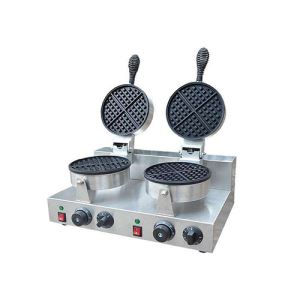
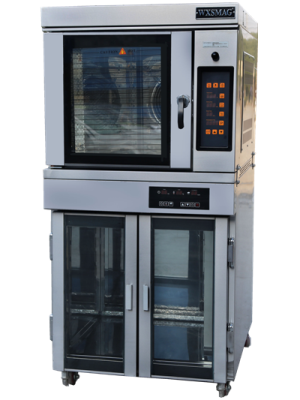
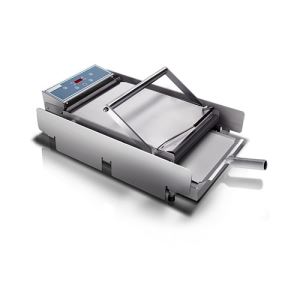
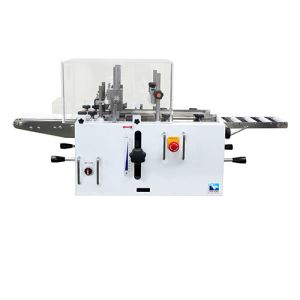
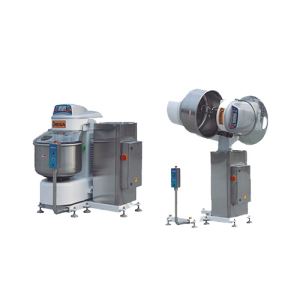

 Second Floor, No.29 Shiyiwei Road, Heping Liaoning Shenyang.
Second Floor, No.29 Shiyiwei Road, Heping Liaoning Shenyang. +86-024-31931990
+86-024-31931990 +86-024-22845391
+86-024-22845391







